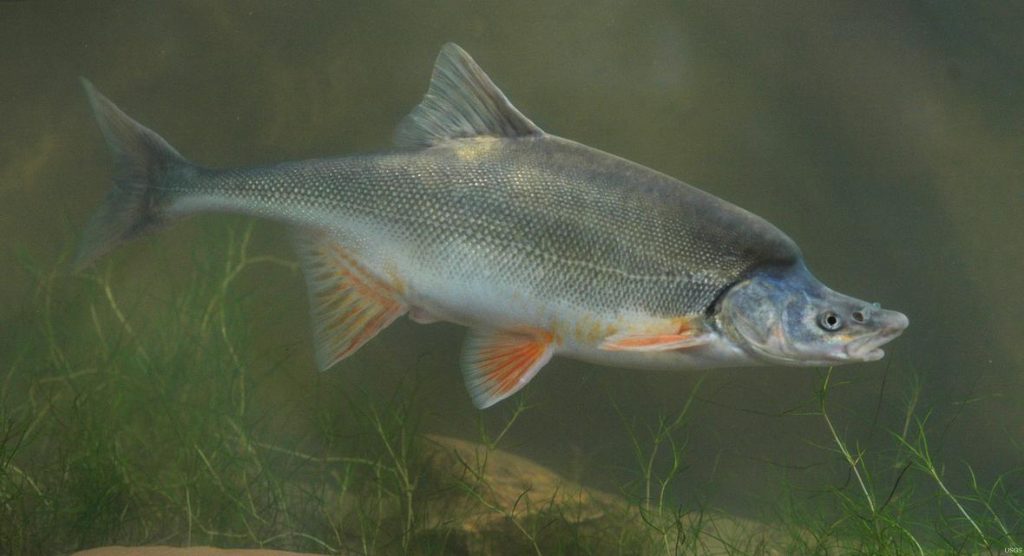Current work in wildlife, rivers, public lands, and climate
Press Releases
Endangered status removed from imperiled Colorado River fish
“The Service is throwing caution to the wind and barreling down the highway toward extinction for this prehistoric fish,” said Jen Pelz, Wild Rivers Program Director at WildEarth Guardians. “When ‘code red’ is called on a river, it’s not the time to ease protections from one of the river’s most vulnerable inhabitants.”
On January 22, 2020, the Service proposed to reclassify the humpback chub from endangered to threatened. The final downlisting decision came just a month after the U.S. Bureau of Reclamation declared its first ever shortage on the Colorado River in 2022, which triggers reduced water deliveries and other measures to bolster reservoir levels at Lake Powell and Lake Mead, two of the largest reservoirs on the Colorado River.
To add insult to injury, Reclamation updated its projections in September showing that the ability to generate power at Lake Powell could be compromised as soon as 2023. Without the revenues from power generation at Lake Powell and Lake Mead, the very programs that ensure the health of the Colorado River and its four endangered fish would be left unfunded.
“A huge disconnect exists in Colorado River Basin. On one hand, the Department of the Interior is implementing mandatory cuts to water use in Arizona, Nevada and Mexico based on the Basin’s storage deficit, but yet continues to consider and permit new dams and diversions in Colorado and Utah,” added Pelz. “It also is perplexing that the agency would be going to so much trouble to reclassify these endangered fish at a time when so much uncertainty exists regarding climate change and the ability to continue to fund the suite of heroic measures it undertakes annually for these species to survive.”
A similar proposal was made this past July to reclassify the razorback sucker, another similarly situated Colorado River fish, from endangered to threatened. This proposal has not yet been finalized, but it is anticipated that the Service will also downlist this fish in the coming months.
“We are drinking out of a fire hose when it comes to facing the effects of climate change on the already unsustainable Colorado River Basin,” added Pelz. “Now is not the time to claim victory and go home. It is the time to proceed with an abundance of caution, roll up our sleeves, and find some durable solutions for both people and the environment for a sustainable future.”
Background: The humpback chub is known for its prominent hump, flattened head and long fleshy snout. It is found in some of the most infamous whitewater canyons of the Colorado River Basin including Desolation and Grays Canyons (Green River in Utah), Black Rocks (Colorado River in Colorado), Westwater (Colorado River in Utah), and Cataract Canyons (Colorado River in Utah). Its most abundant and successful population is located at the confluence of the Little Colorado River with the Colorado River in the Grand Canyon in Arizona.
The humpback chub (Gila cypha) is one of four fish endemic to the Colorado River Basin. Like its companions the razorback sucker, bonytail chub and Colorado pikeminnow, humpback chub populations declined dramatically in the mid-20th century when dams were constructed to tame and divide the waters of the Colorado River. These significant human alternations dramatically changed the river’s flow patterns and temperature and destroyed much of the fish’s habitat. The humpback chub was listed as endangered in 1967 under a precursor to the Endangered Species Act after losing a significant amount of its habitat. In 1994, nearly 379 miles of river were designated as critical habitat for the species in the Colorado River Basin.

Humpback Chub. Photo by George Andrejko, Arizona Game and Fish Department.